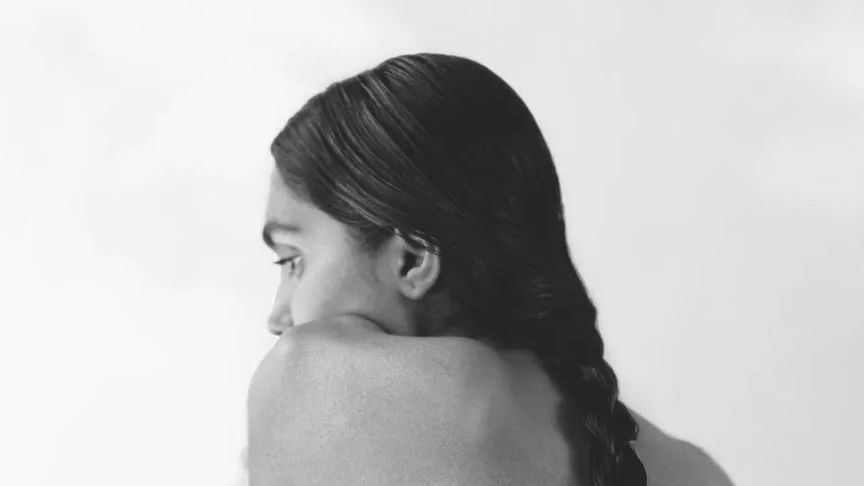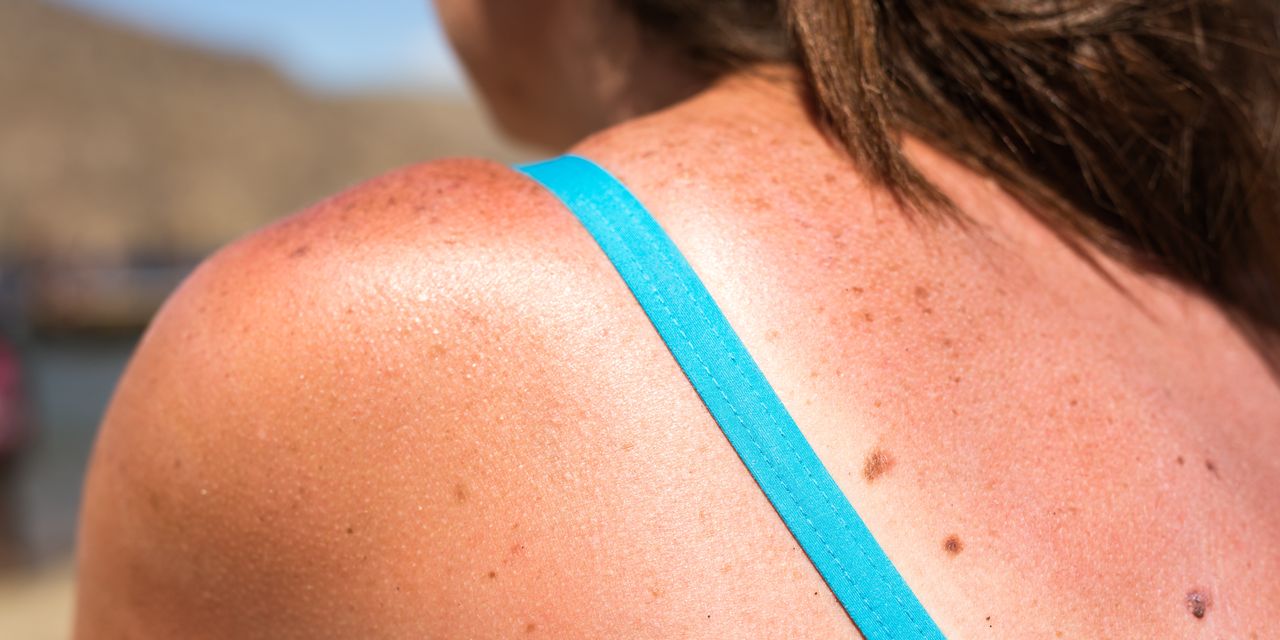Blog
How to treat body acne and breakouts during the monsoon

It always starts the same way. A few bumps along the back. A breakout on your shoulder that feels more like sandpaper than skin. Then suddenly your arms, chest and thighs are in on it too. Welcome to monsoon-induced itches, rashes and body acne. It’s common, it’s annoying and your cleanser isn’t enough. Between sweat, friction, humidity and layers of damp clothing, your skin’s microbiome is doing the best it can. But sometimes it needs help. This is your guide to dealing with body acne and other body breakouts.
Understand what you’re dealing with
Not all bumps are zits. The tiny, rough dots that show up on your upper arms or thighs? That’s likely keratosis pilaris, a buildup of keratin that blocks hair follicles, not bacteria. The painful ones on your back or bum that look like acne but don’t respond to your usual spot treatment might be folliculitis, especially if they’re clustered around hair-bearing areas and worsen with sweat or shaving. There’s also fungal acne, which isn’t technically acne at all; it’s triggered by yeast overgrowth, thrives in humid environments and spreads quickly if you overuse occlusive products.
In short, body acne is a catch-all term, but the causes vary. The instinct might be to throw every active at it—salicylic acid, benzoyl peroxide, tea tree oil, glycolic pads—but that cocktail approach usually backfires. Pick one treatment, stick with it for a few weeks and keep the rest of your routine minimal. No need to layer acids, strip your barrier or burn your shoulders in the name of exfoliation. Most of the time, consistency beats intensity. And if it’s persistent or painful, it’s worth consulting a dermatologist to determine the actual cause.
Switch to a non-drying body cleanser
A lot of body washes marketed for body acne can be harsh, stripping the skin dry while giving the illusion of “clean”, but all they’re doing is weakening your barrier. This makes it easier for bacteria or fungi to thrive. Look for non-soap cleansers with low pH that respect your skin’s microbiome. Ingredients like salicylic acid, glycolic acid or urea can help dissolve buildup, but they should come in a formula that also includes hydrators like glycerin or panthenol to prevent that tight, post-shower feeling.
If you’ve got sensitive skin or are dealing with keratosis pilaris, a creamy, fragrance-free cleanser is usually a safer bet than a foam. For fungal acne, stick to what your doctor prescribes; simple, anti-fungal actives like zinc or selenium sulphide—but again, only if you’re sure of the diagnosis. Otherwise, you risk throwing your skin further off balance.
Treat, don’t scrub
When body acne shows up, the temptation is to scrub harder, more often. But physical exfoliation, especially on inflamed or irritated skin, usually makes things worse. Loofahs, bath gloves and grainy body scrubs might give short-term smoothness, but over time, they can increase redness, cause microtears and make keratin build-up rebound even more.












